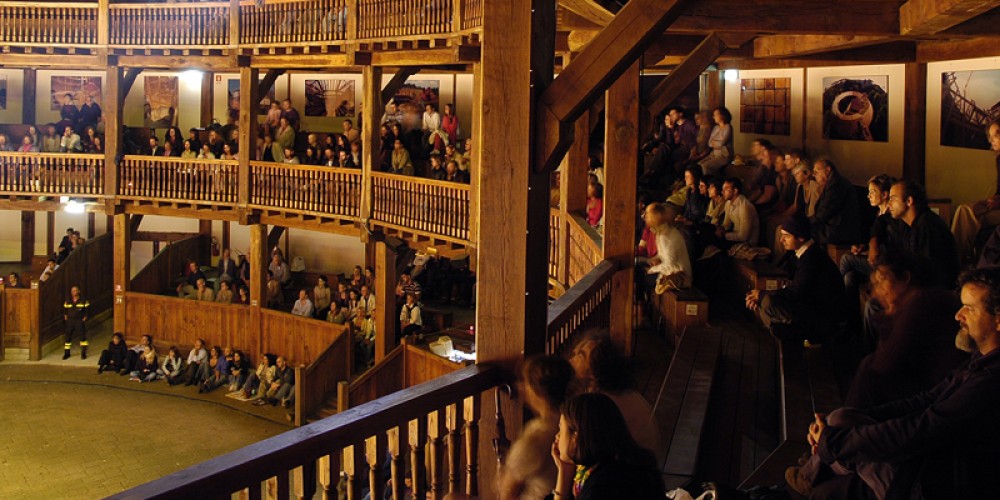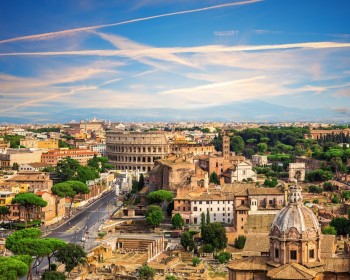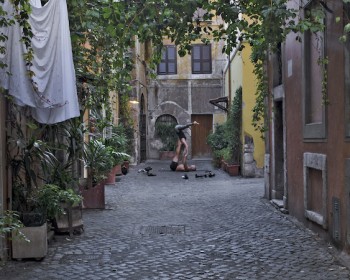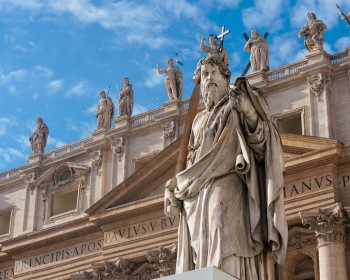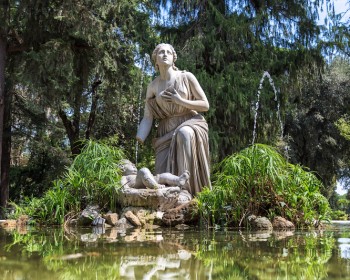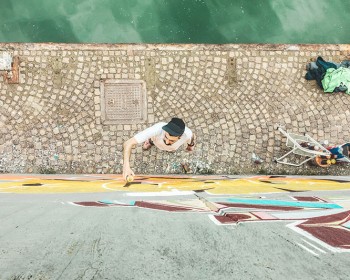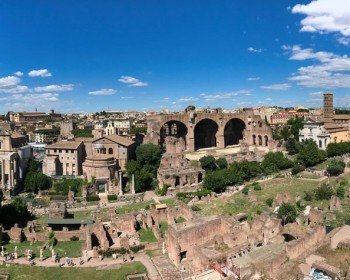What really makes Rome a universally known city, is its abundance of monuments that testify the great glory of the ancient Roman empire still living today.
Walking through roman highlights, like the Colosseum, Venice Square, Navona Square, the Pantheon and everything interesting you can find around you, it is almost obvious to think about the city like an open-air museum. But what about the attractions hidden behind walls? What about Museums, Theatres and Art Galleries? Everything contributes to creating the cultural background of Rome that, being so attractive, is never on holiday. The beauty and the fascination of this city lie not only in its ancient artistic heritage but even in contemporary modern works which make the whole image of the city renewed.
As the name itself suggests it is the reproduction of the original London theatre. Located in Villa Borghese, the biggest park in Rome, it has been inaugurated in 2003 for the hundredth anniversary of the park hosting the theatre itself.
Silvano Toti was an important businessman and a patron in Rome. When he died his family founded the Silvano Toti Foundation to honour his memory and thanks to which the construction of this Globe Theatre has been made possible. While they were designing the project the guiding principle was to respect its surrounding environment and the areas with high historical values so that the whole building could perfectly integrate into Villa Borghese, without spoil the environmental and cultural background.
The theatre should not be considered the exact copy of the London one, first of all because the original project hasn’t been handed down, then because founders wanted the Theatre to be a new place, a made in Italy location, where people could attend the shows enjoying these ideal conditions, especially the silence and the nature all around you. Something unusual for a theatre located in the city center.
Built with a circular structure that respects the original theatre dating back to 1599, it is oak from supervised and re-afforested woods in France. Shakespeare used to talk about the Globe Theatre as the “Big wooden O” that gave the chance to work with innumerable theatrical companies in London. The stalls are characterized by standing rooms, but since Italians are shiny lazy people you can find outside in the garden a kiosk where to rent a cushion to sit on the floor – well, of course you can bring cushion and blanket from home!-. Furthermore all along the 10 metres tall building, there are three rings with balconies where you can appreciate the performance sitting in a wooden seat. These balconies give you the chance to look onto the stage, actually, the whole structure was designed and realised considering the stage itself the focus of the attention of the audience.
Talking about the building, the Globe Theatre, as the original London one, has a partially covered framework since it has no rooftop. Just the seats located on the rings are protected by a little canopy and the rest of the theatre is both open air and similar to a square. During the Elizabethan age, in fact, the audience had to stay up and take part in the show. The linear setting up is arranged to intensify the essential side of both shapes and performances.
The repertory includes the traditional Elizabethan works – both comedies and tragedies from Shakespeare’s- that were shown on the authentical Globe stage, even if the scheduling includes experimental works as well, with the intent to attract different audiences. Almost every two weeks the planning changes.
Since the first time it was put on stage, one of the most welcome plots has been “A Midsummer Night’s Dream” which revealed the great potential of this location and has attracted so many people. Here the folly of nature, the love madness, the reality always contrasting the fantasy, every year are performed by the same group of actor that during the time has improved audience loyalty. The theatre is seen as the representation of the society thanks to which we get to know things that elude us in our everyday life.
The Globe theatre should be open just in the summertime, but since the roman weather conditions allow people to join great nights out till October, the theatre remains operational until then.
At the end of the show, you can enjoy a walk through Villa Borghese, I think the best conclusion for this great experience.
Have you ever been in a similar place? Or in a place with the idea of living in another era?
This is the right place where to turn back the clock. Everything around you makes you feel like living in the XVI century, except for the technological development of course. In July I saw "Othello" and I can assure you it has been one of the best experience I could ever try. When at nighttime the full moon comes up and the starry sky becomes the rooftop of the theatre, and maybe at the same time you are watching a touching and emotional monologue on the stage, you will live a moment so magic that this strong emotion will stay forever in your memories.
